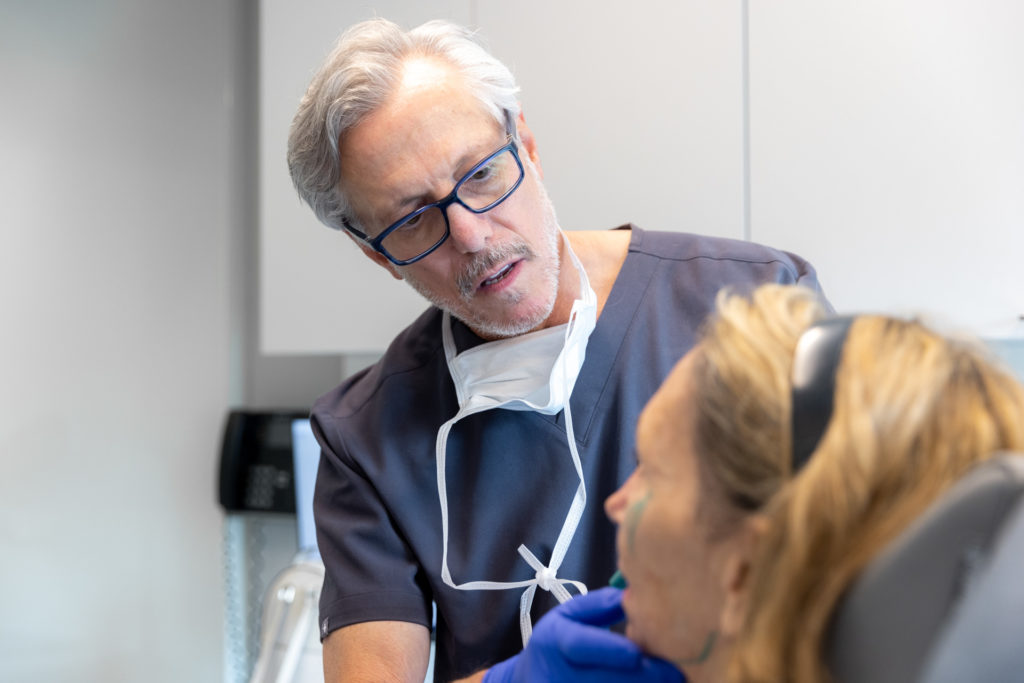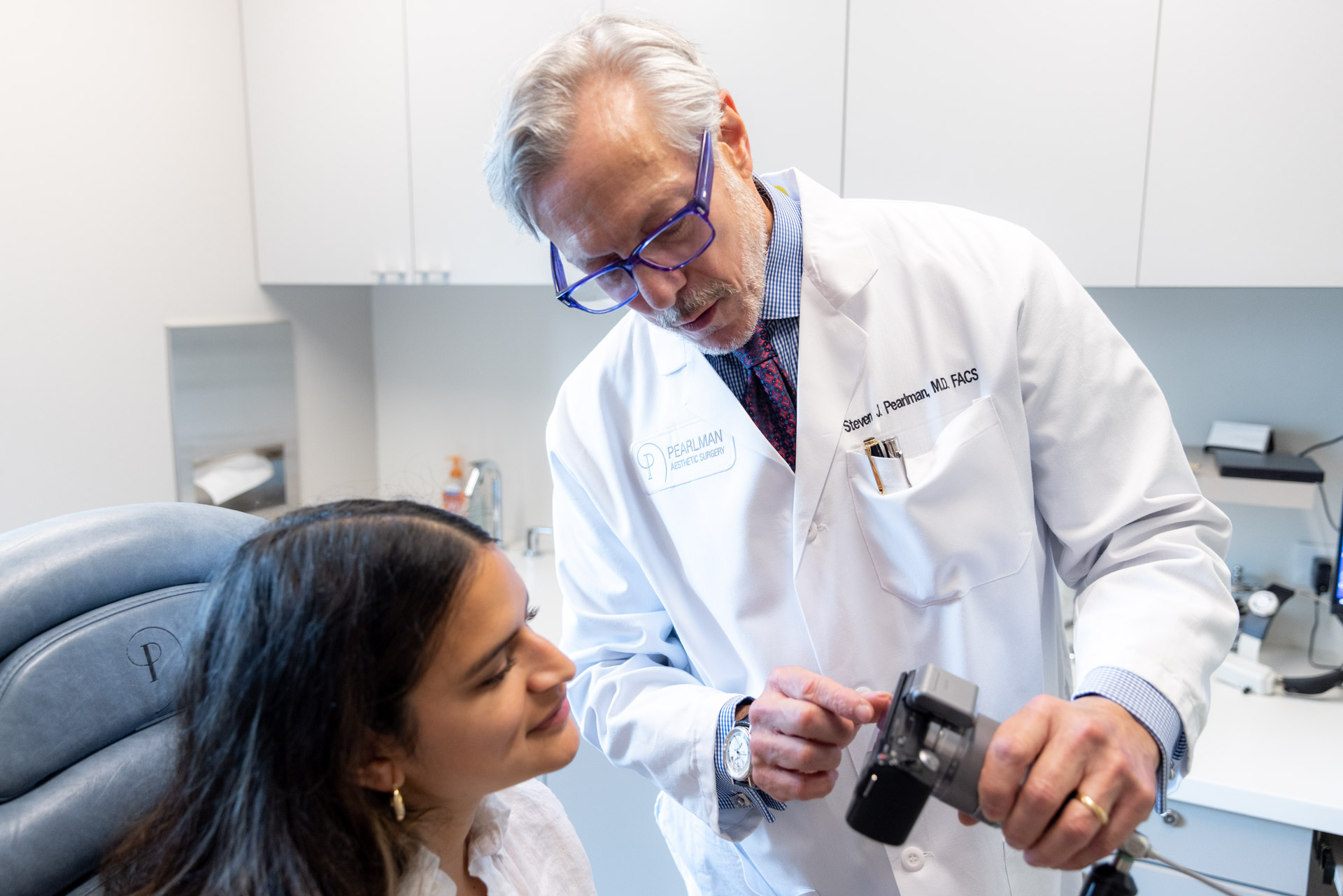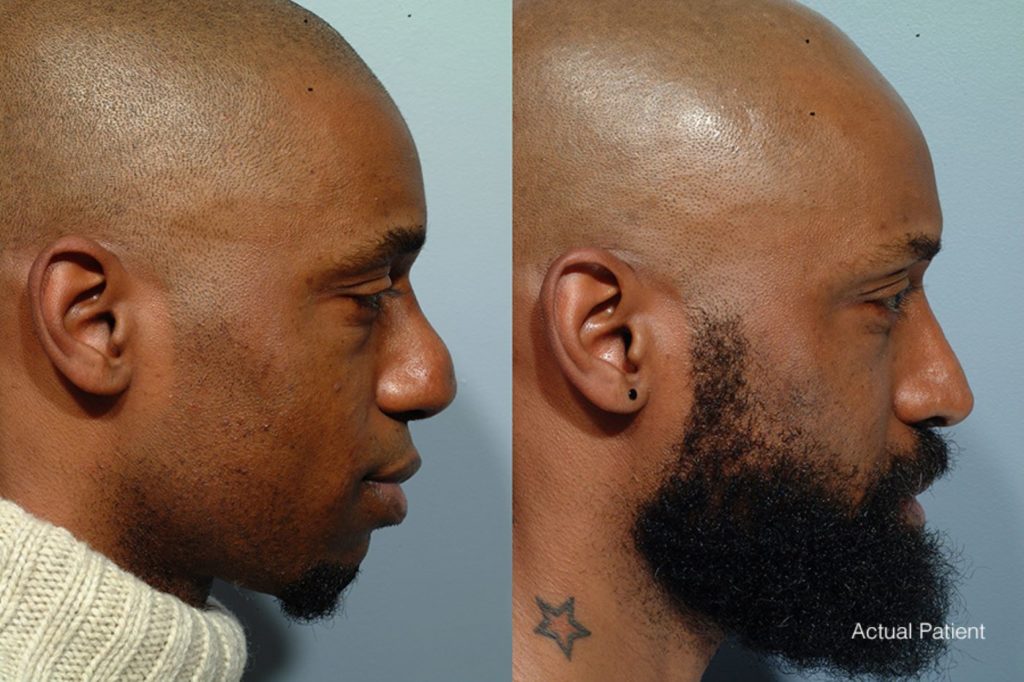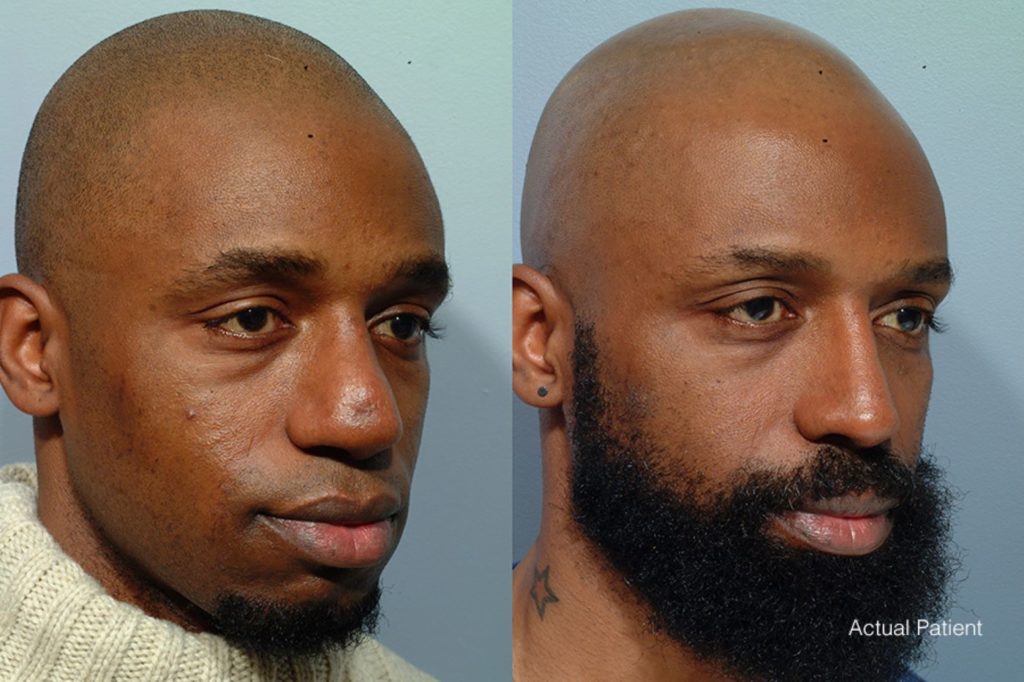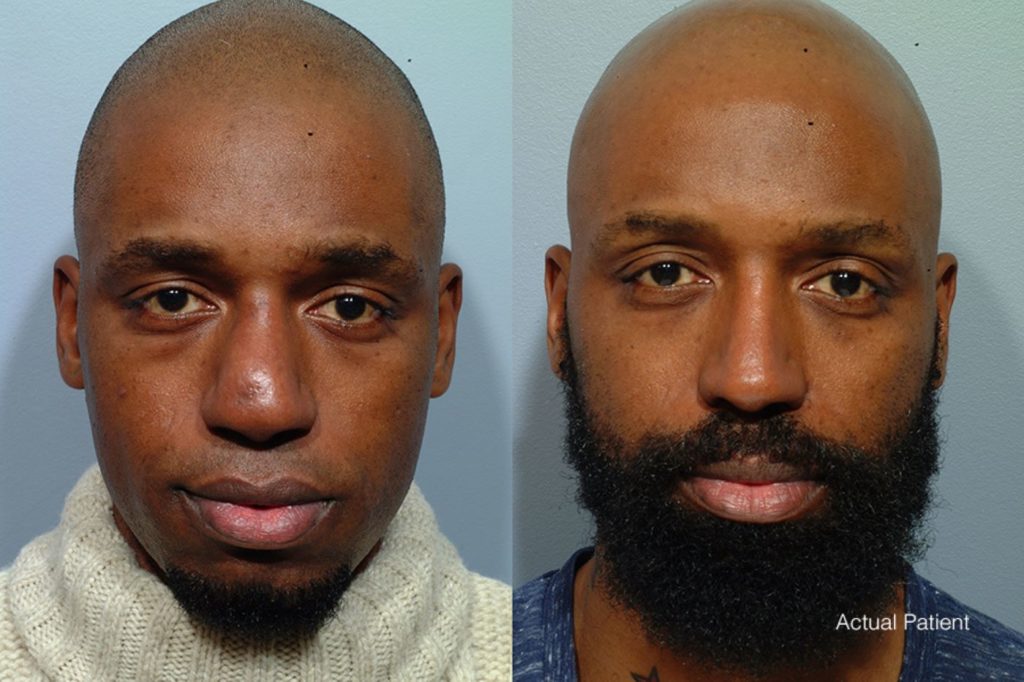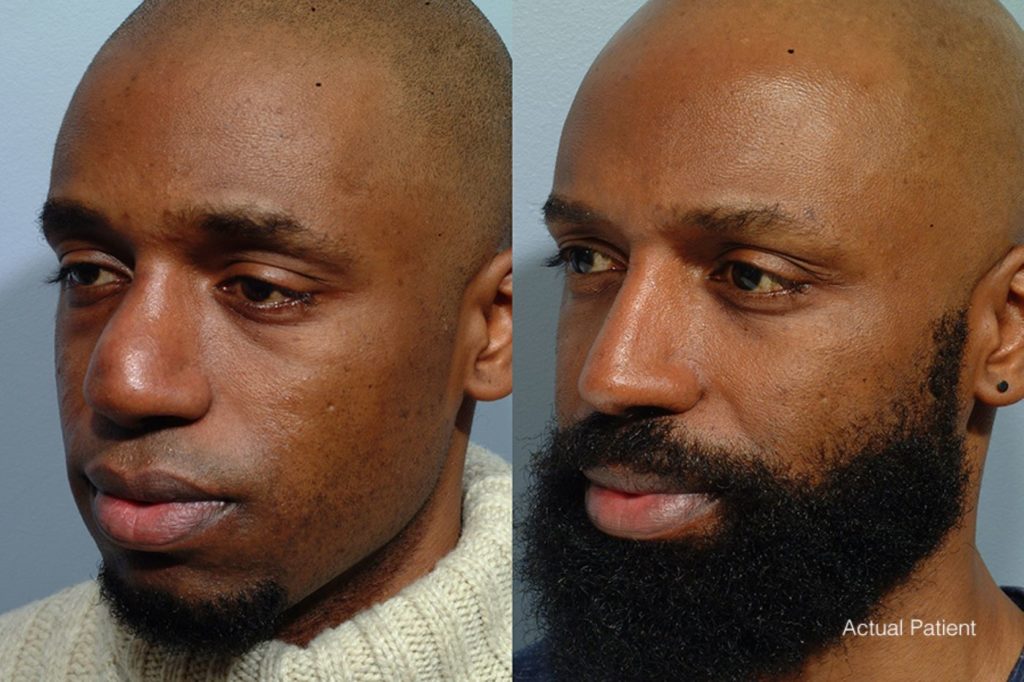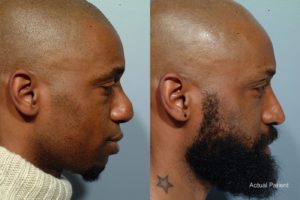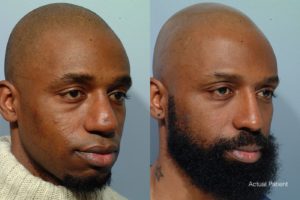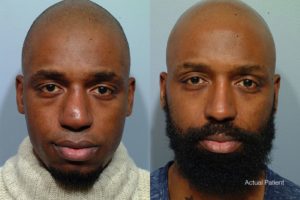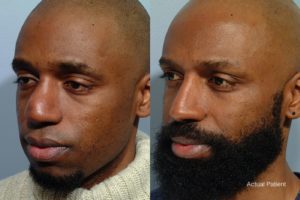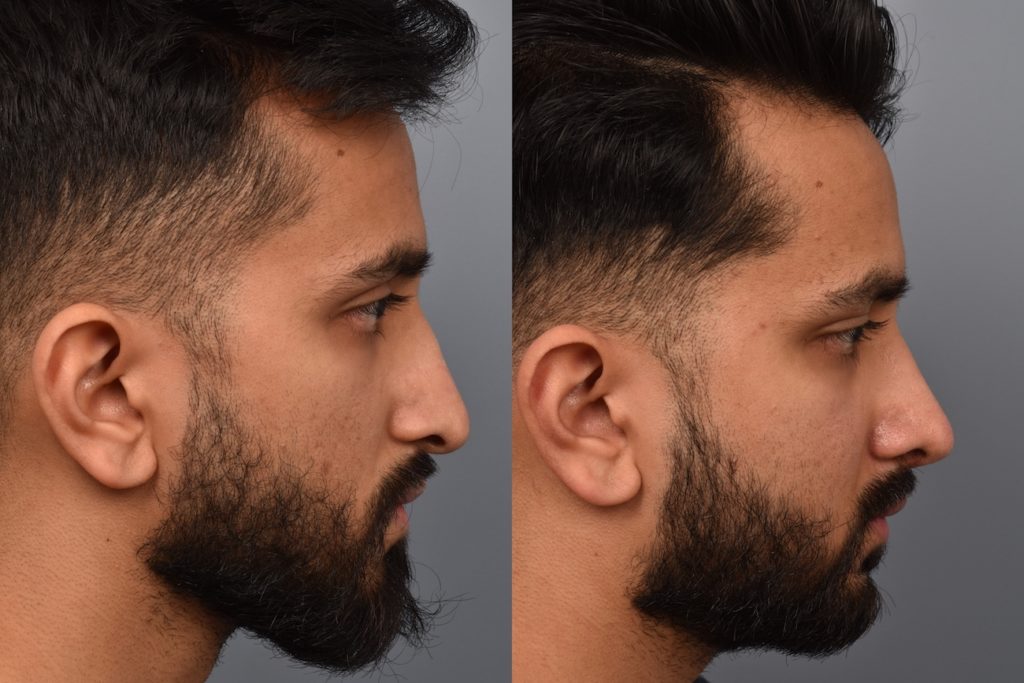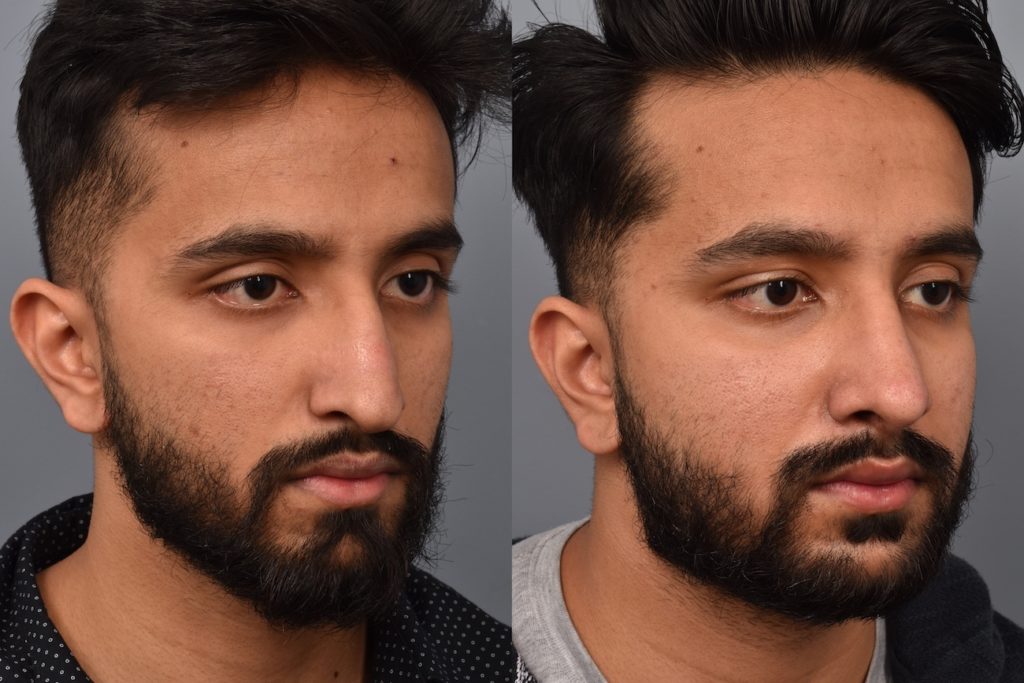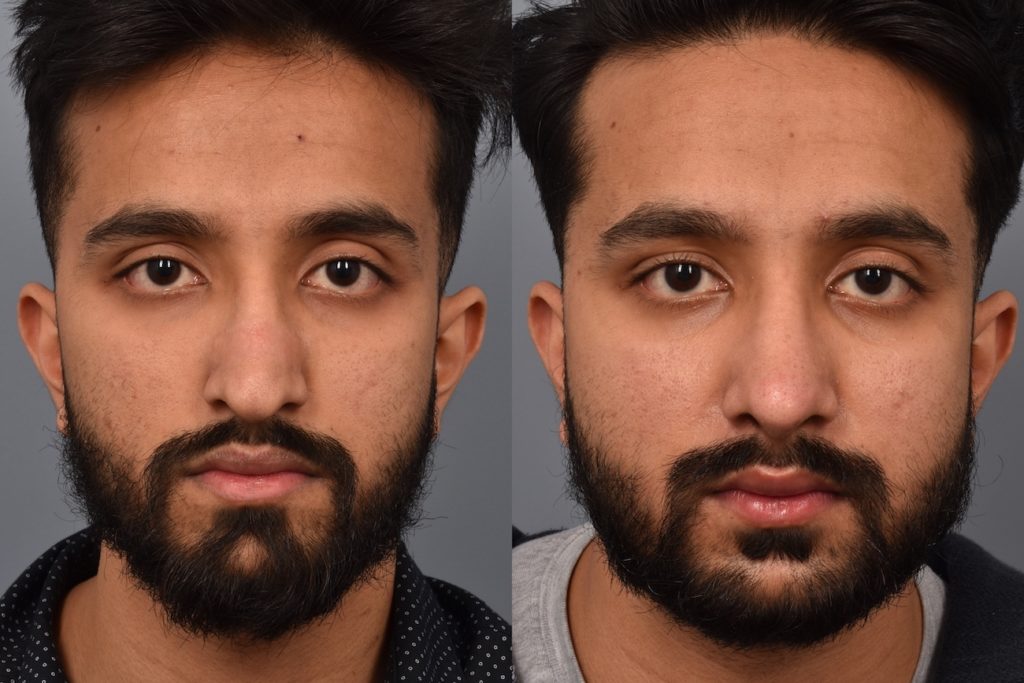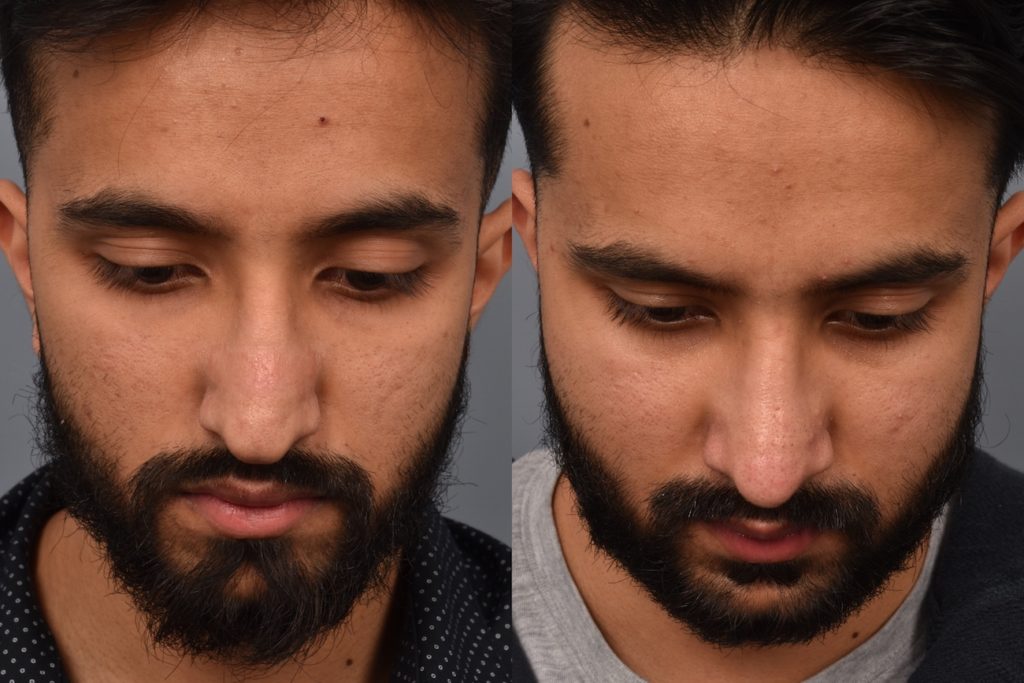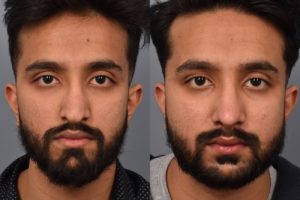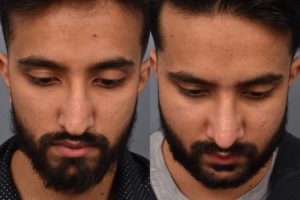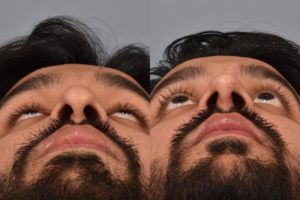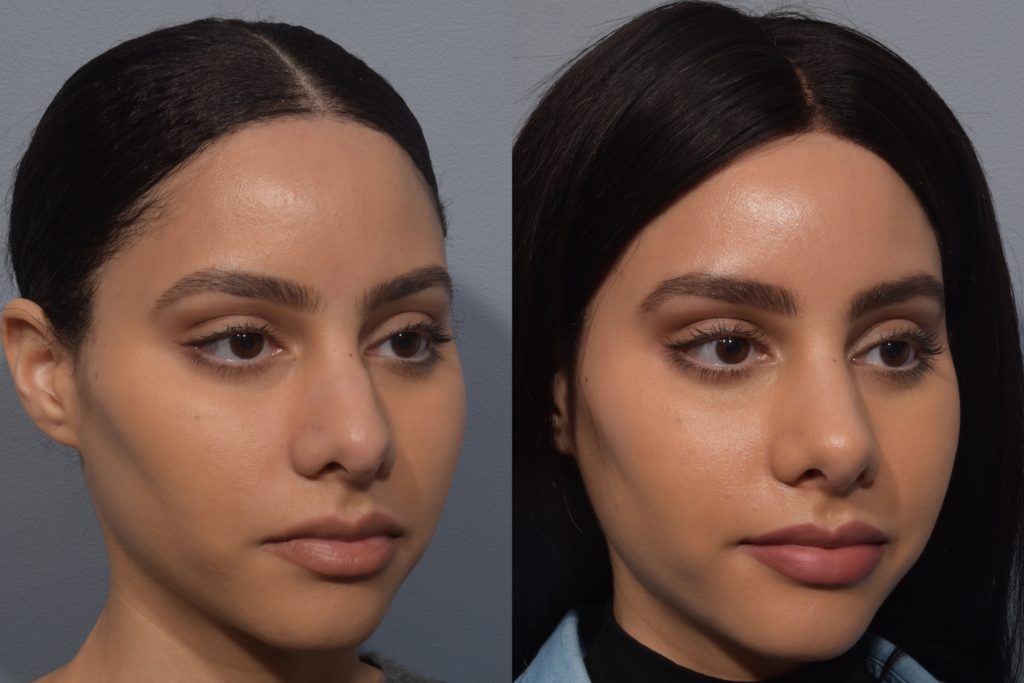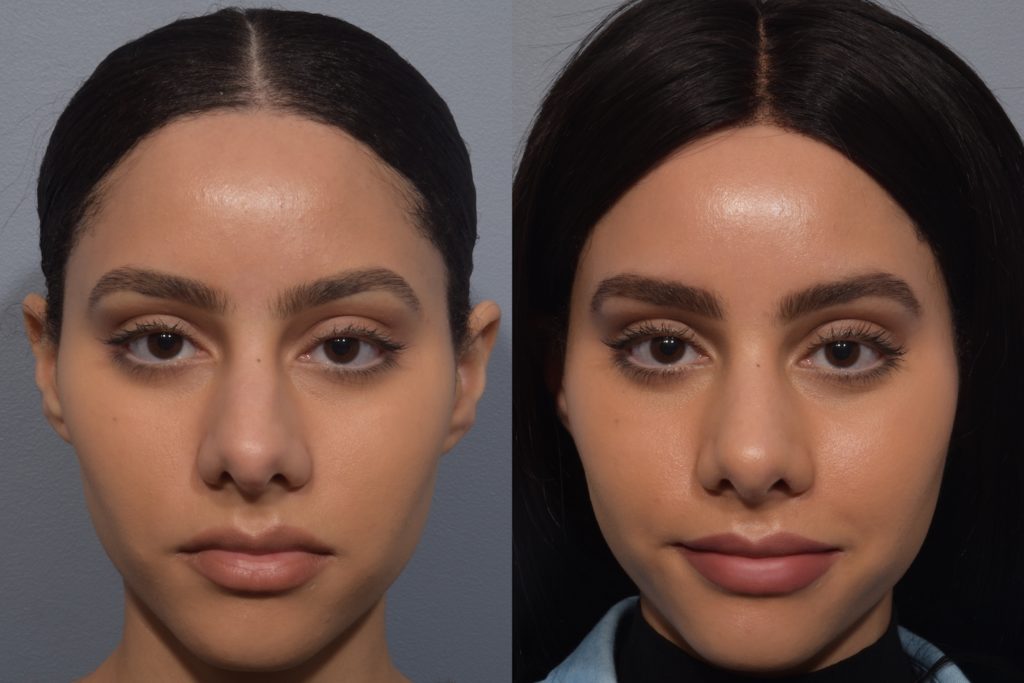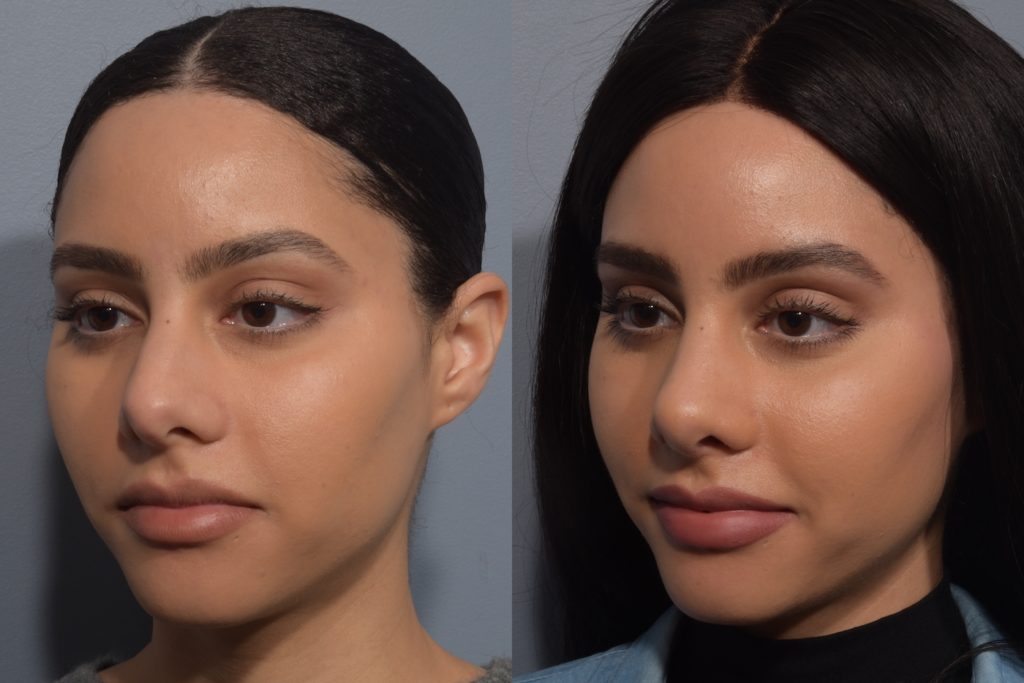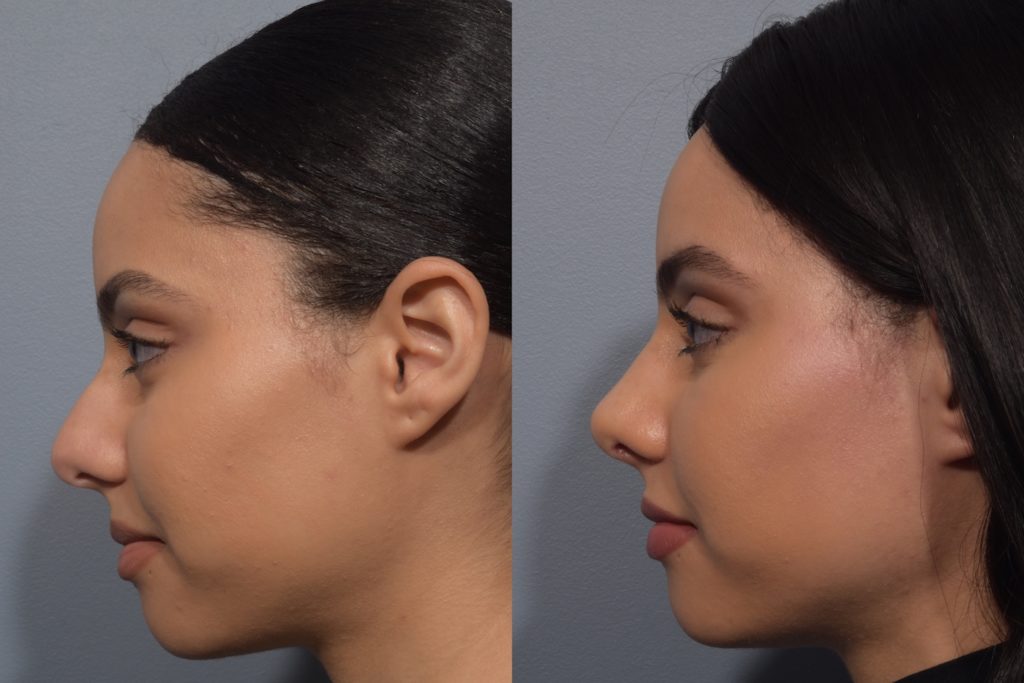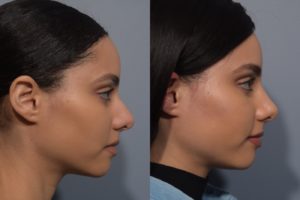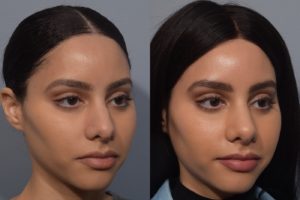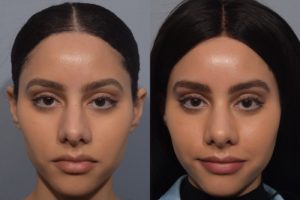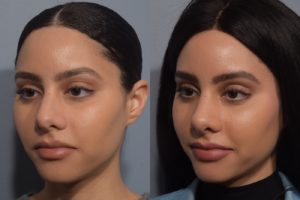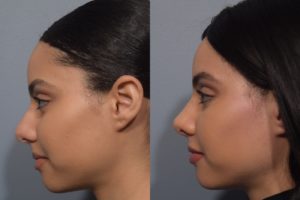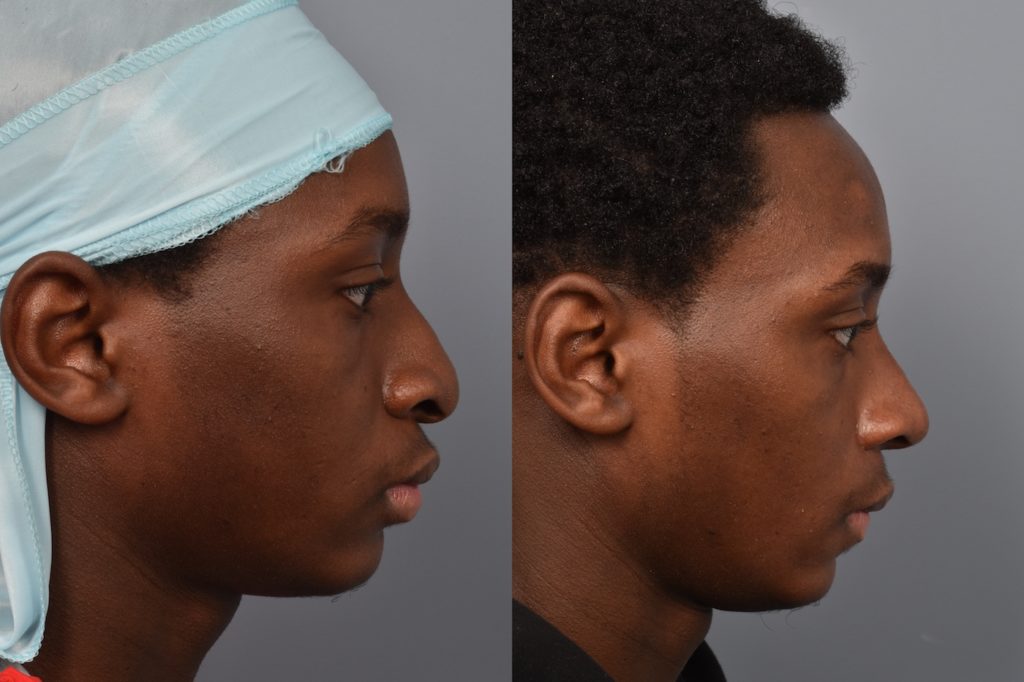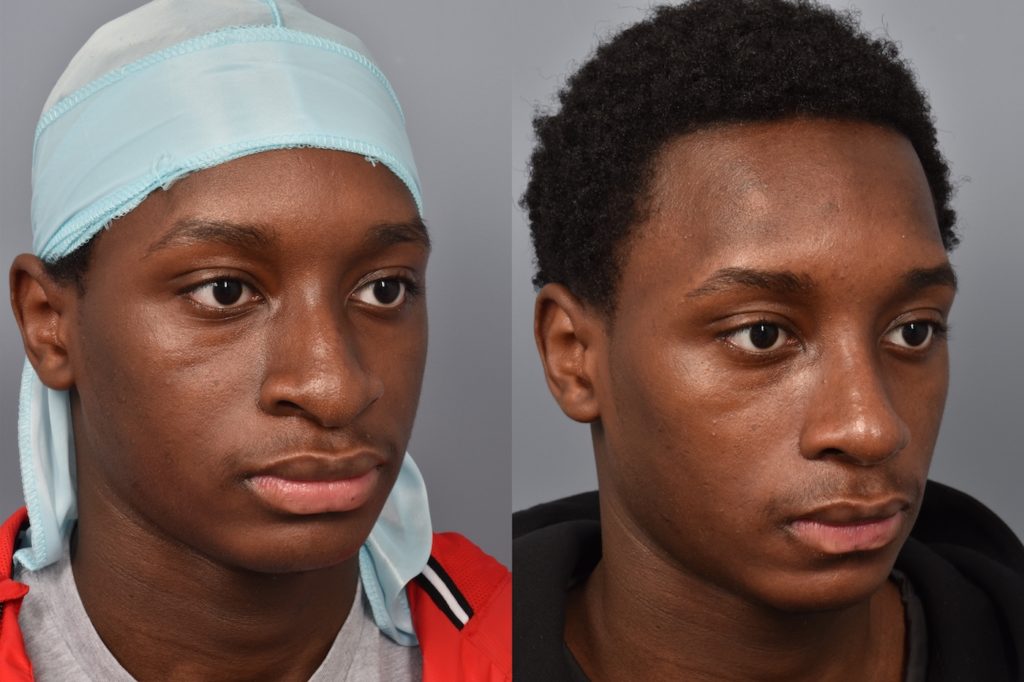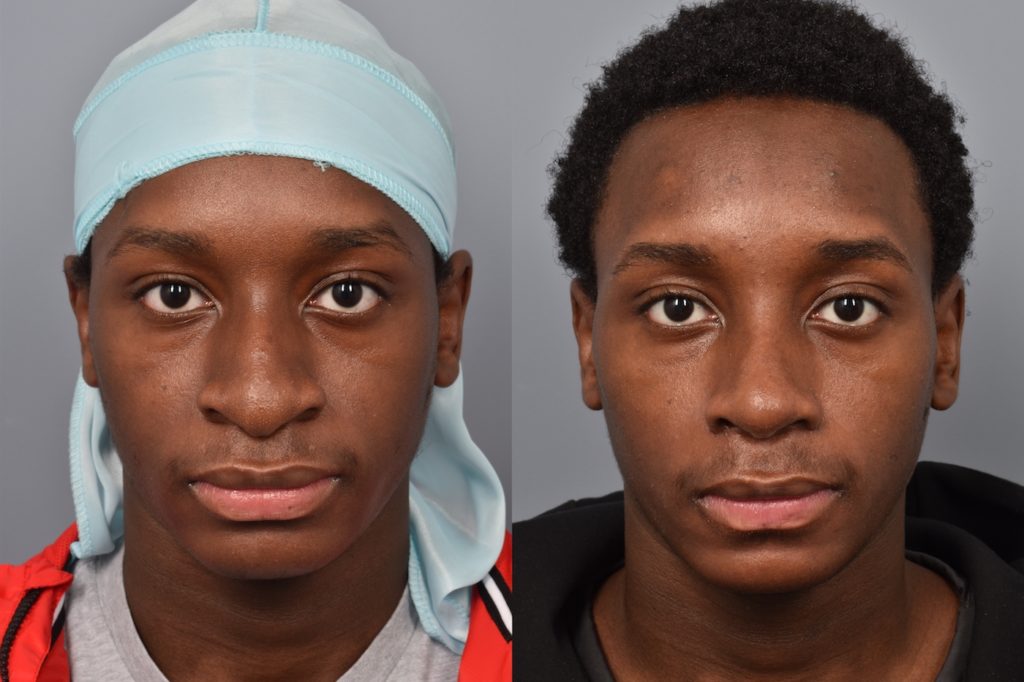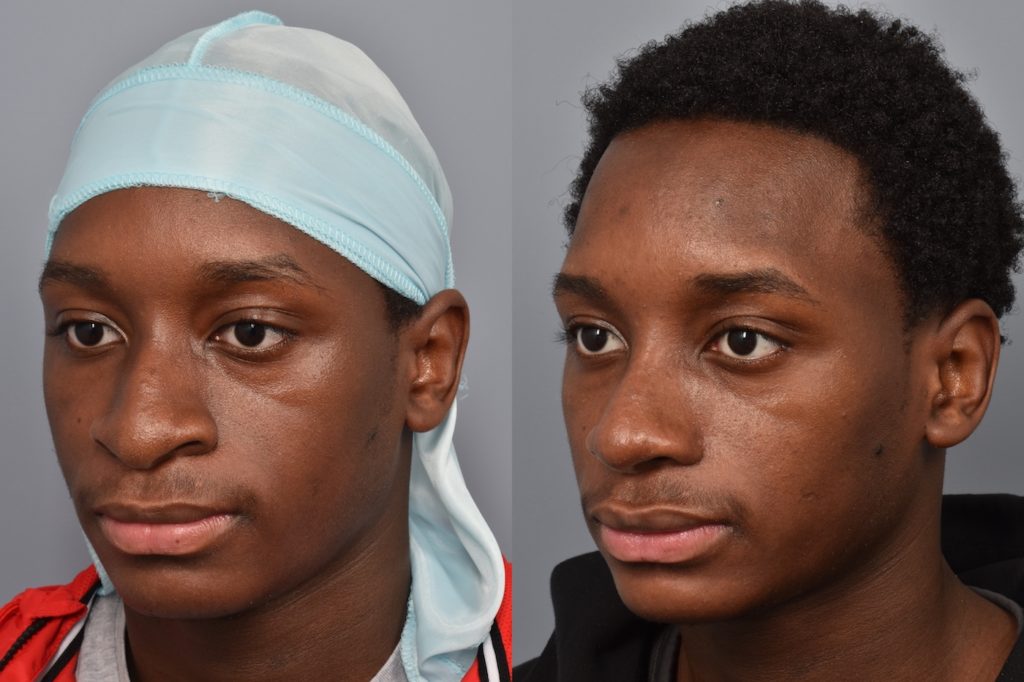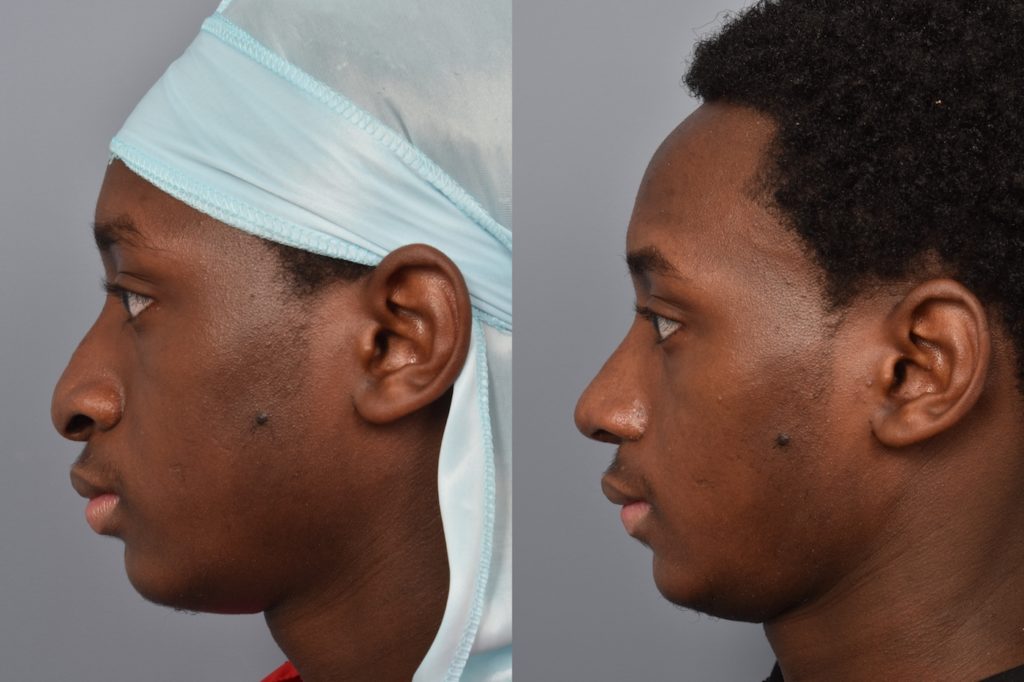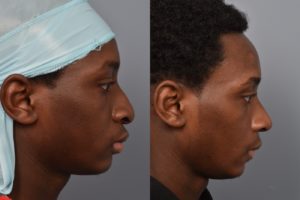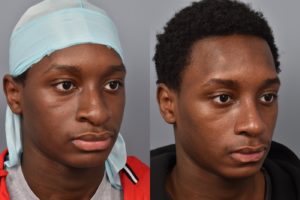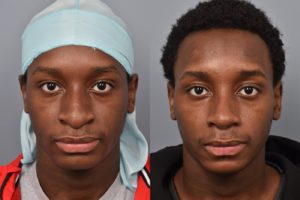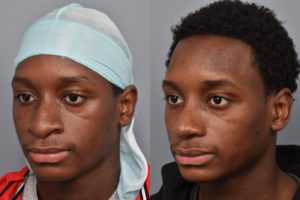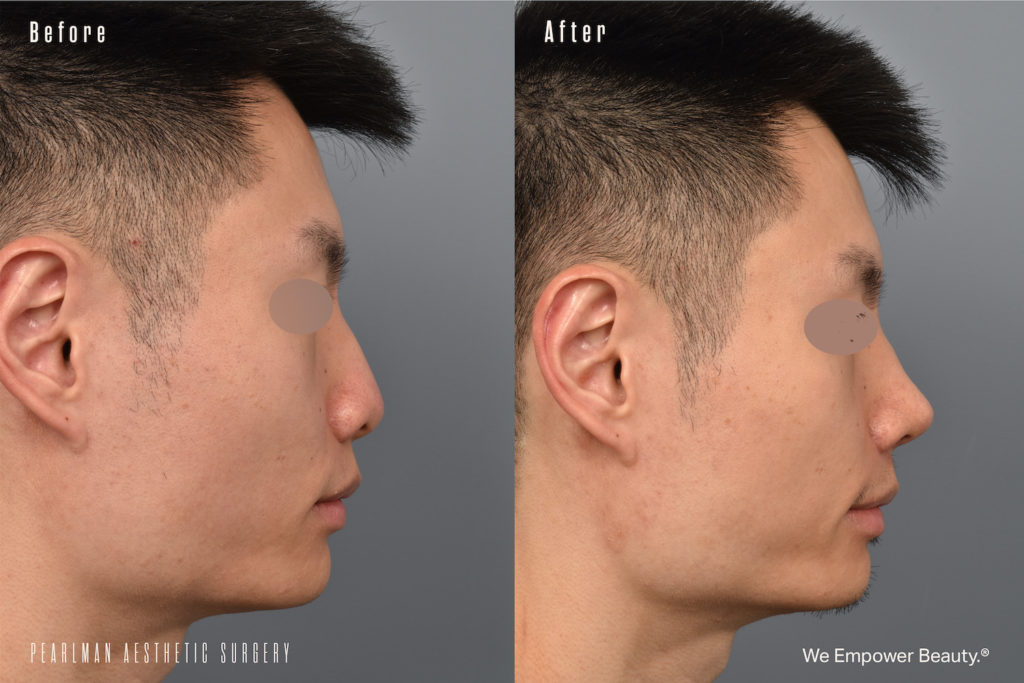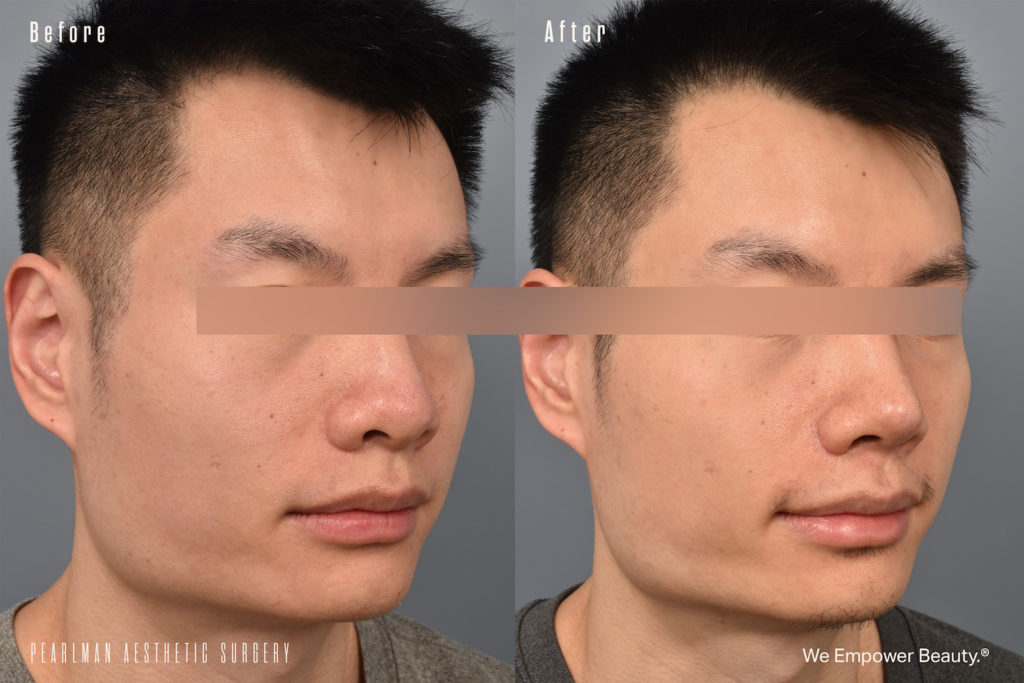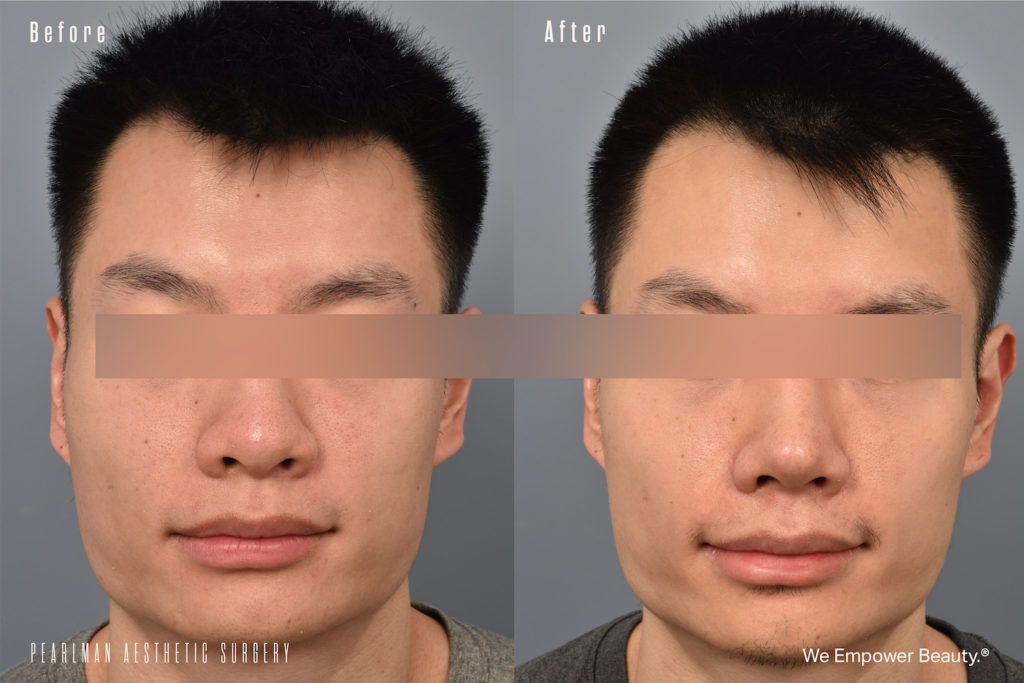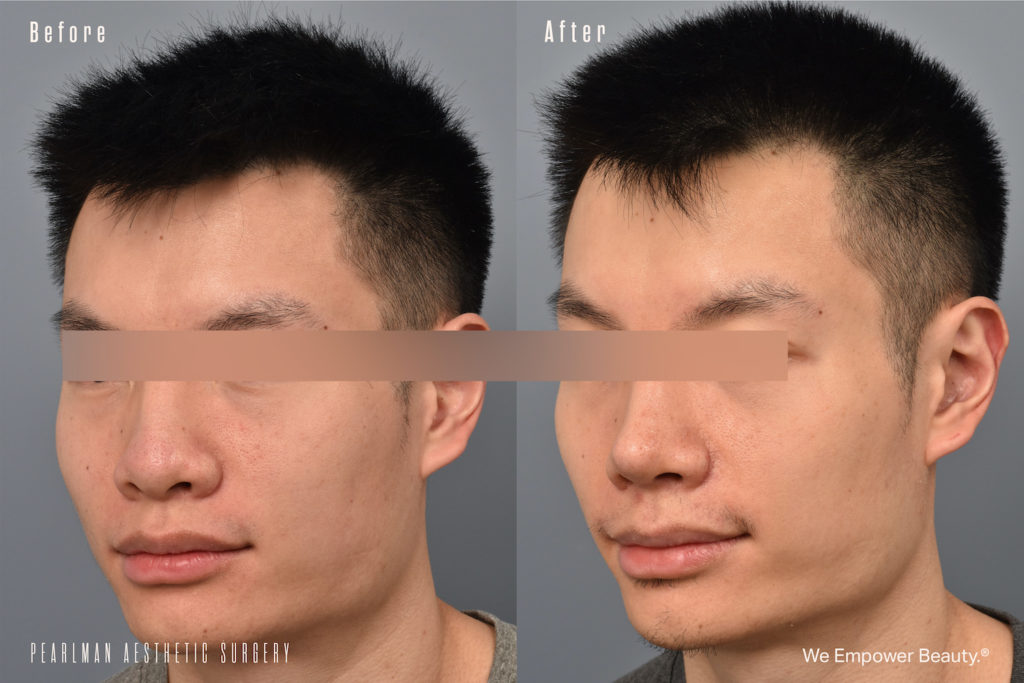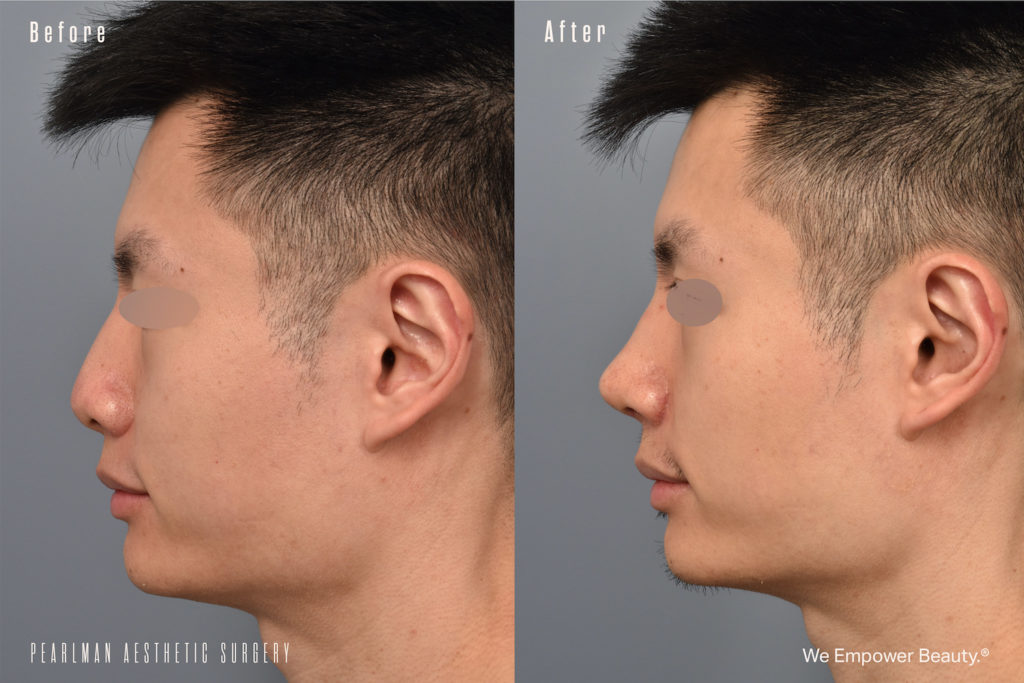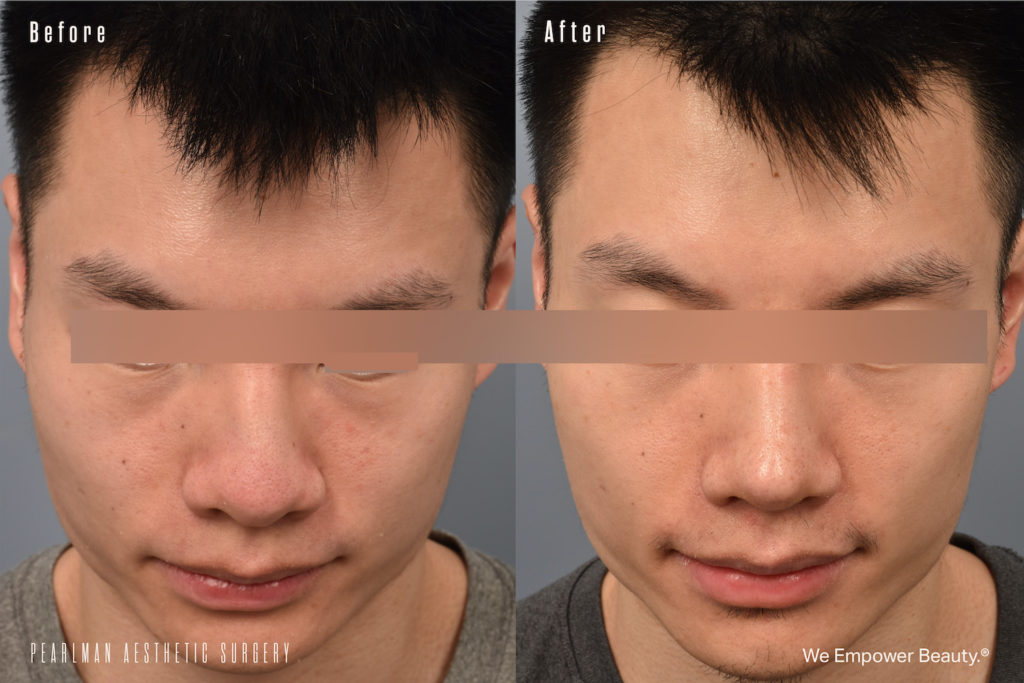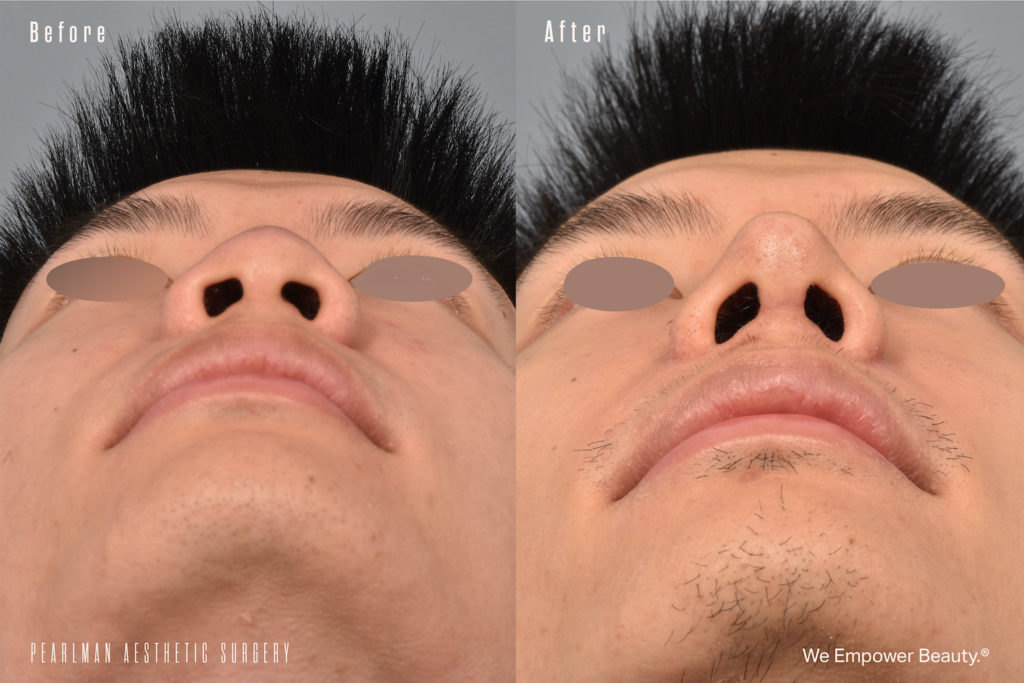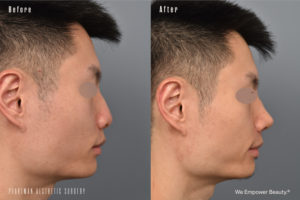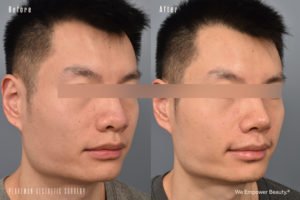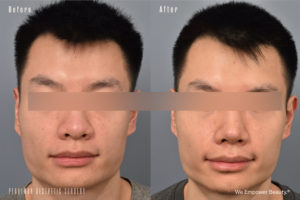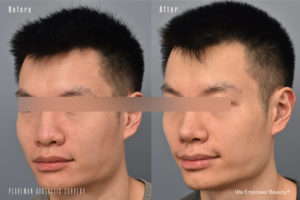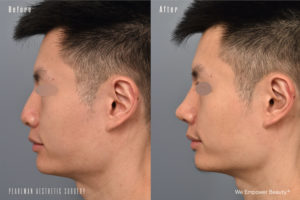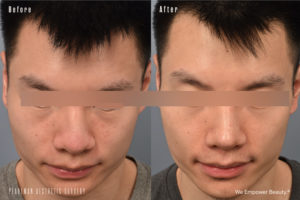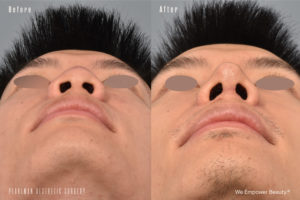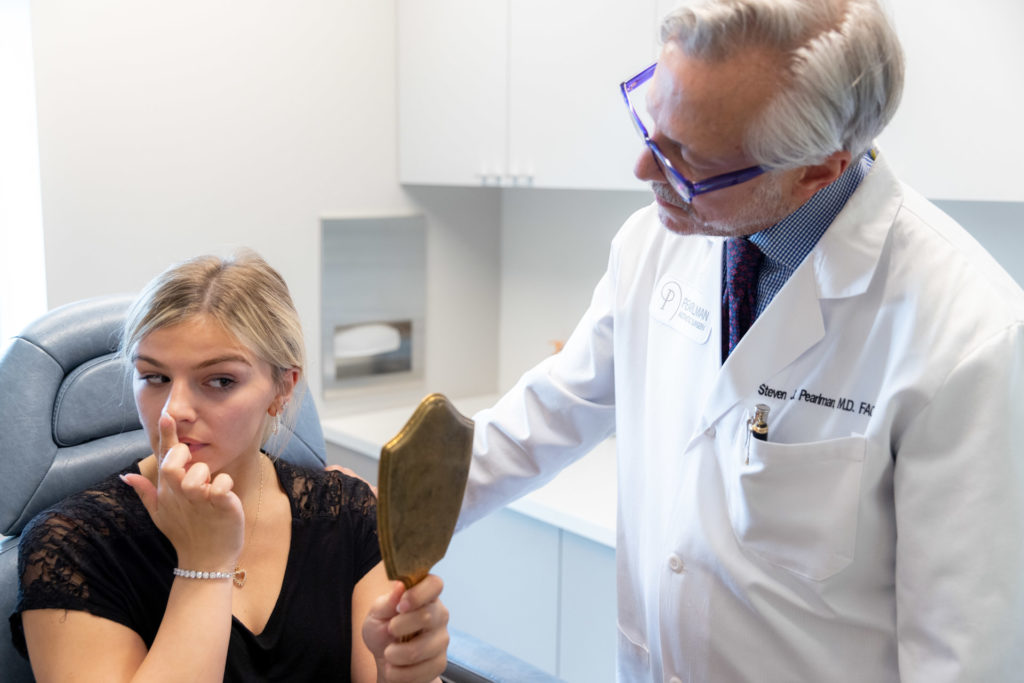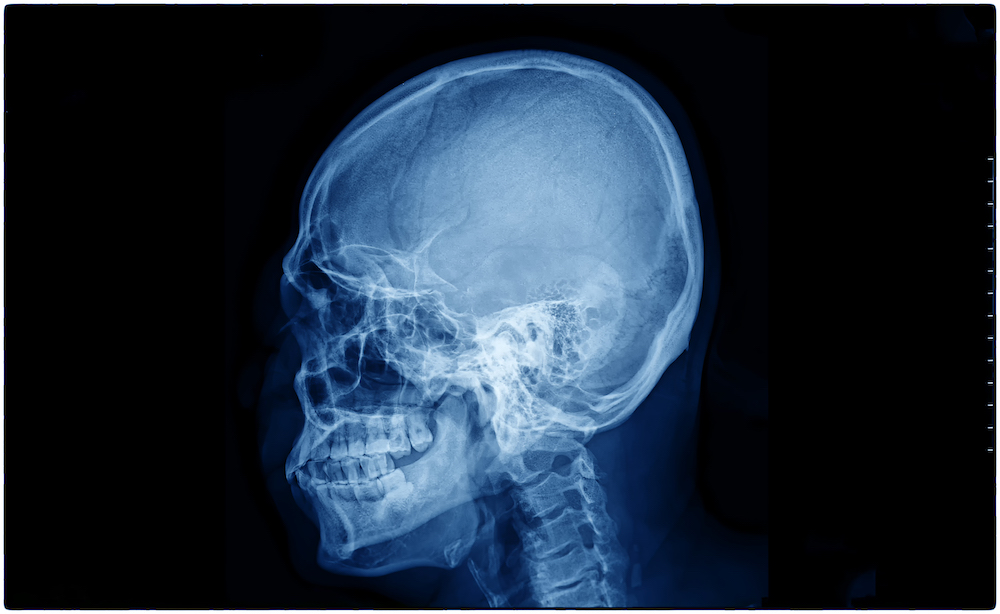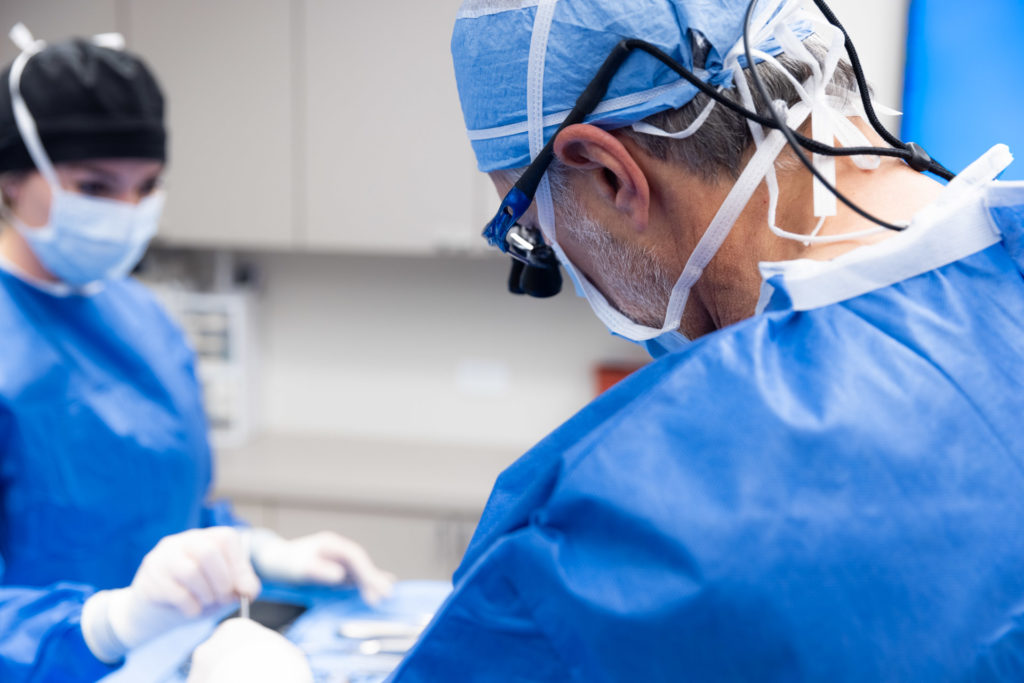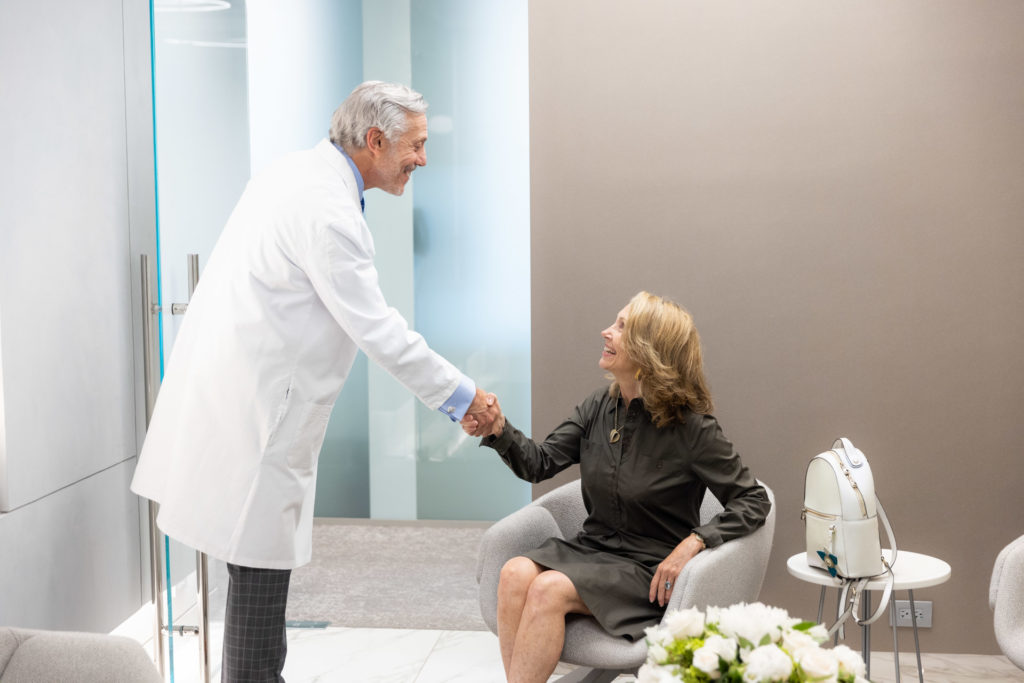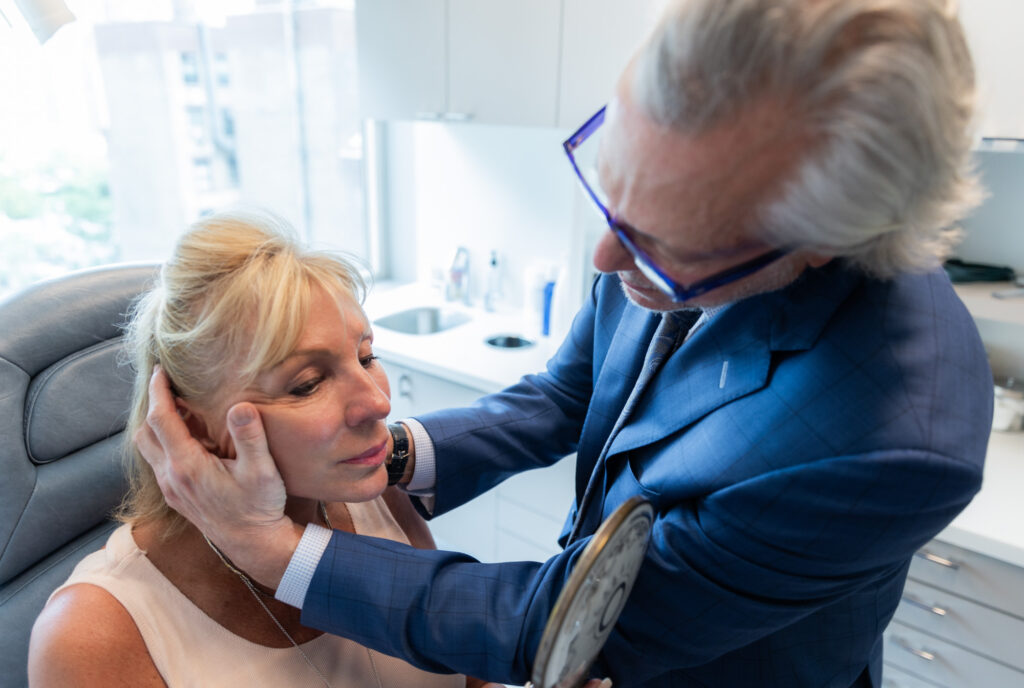- Book Now
-
-
Surgical
- Before & After
-
-
About Surgery
- For Women
- For Men
- Extreme Makeover
- Frequently Asked Questions & Reviews
-
-
-
-
Non-Surgical
-
-
Skin Tightening
- Ultherapy
- FaceTite
- Non-Surgical Facelift
- MyEllevate Neck Lift
- Nécolleté™
- View All
-
-
-
Body Sculpting
- Non-Surgical BBL
-
- Skincare
- Before & After
-
- All Treatments
-
-
Story & Staff
- Our Mission
- Our Staff
- Our Approach
- Meet Dr. Pearlman
-
- Before & After
- Contact
- Blog
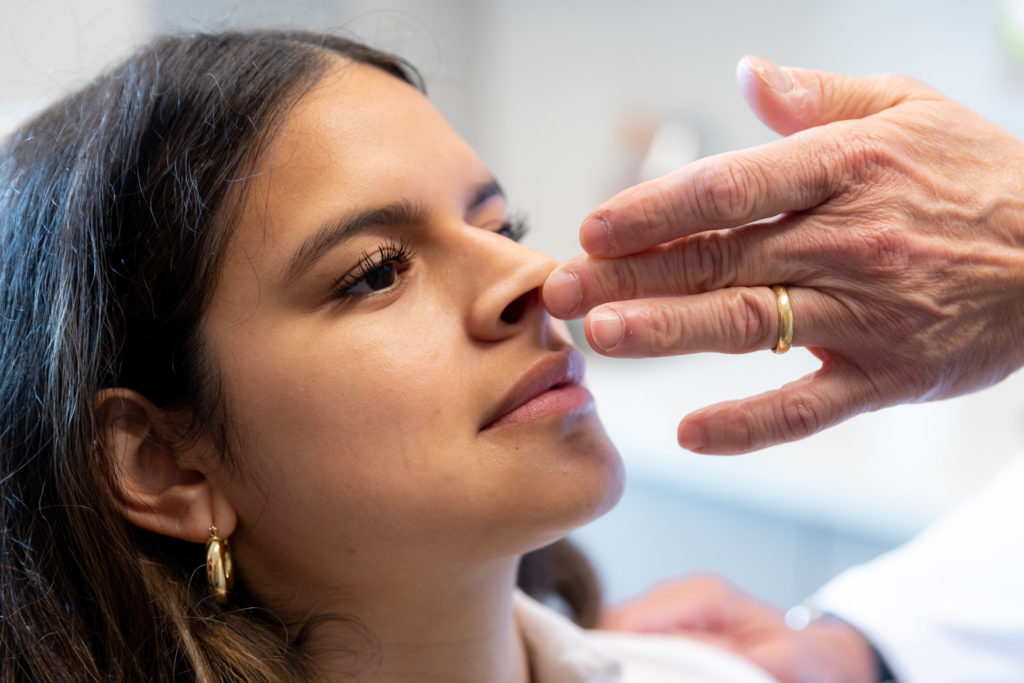
Welcome to Pearlman Aesthetic Surgery for ethnic nose job in NYC (rhinoplasty) on Park Avenue.
Dr. Pearlman’s ethnic rhinoplasty procedure aims to maintain the ethnic and cultural aesthetic of your nose while enhancing the overall facial balance and beauty.
Maintaining your identity while creating an ideal nose.
Noses vary immensely from ethnicity to ethnicity, in every aspect. This makes understanding the cultural significance and background of a person just as important as understanding the underlying anatomy.
People of various ethnic backgrounds who wish to alter their nose shape are best treated by a highly-skilled rhinoplasty surgeon, with a reputation for excellence in this complex facial surgery.
Dr. Pearlman understands how noses are unique and distinct based upon heritage, and how to re-sculpt nose appearance to enhance the other facial features. Dr. Pearlman excels in delivering the aesthetics desired by his ethnic nose job patients, without compromising their appearance or cultural background.
The best facial balance and aesthetics come from creating a nose that suits a person’s ethnicity, gender, and underlying bone structure, which is the main goal of our ethnic rhinoplasty in NYC.
Dr. Pearlman's Expertise
Dr. Pearlman specializes in many different ethnicities and backgrounds for ethnic rhinoplasty. He understands the subtle differences in anatomy that can often be confused by the undiscerning eye. This distinction between cultural backgrounds is of great importance when it comes to ethnic rhinoplasty.
For example, when it comes to Asian noses, Dr. Pearlman understands the anatomic differences between Japanese, Korean, Chinese, Filipino, Vietnamese facial structure and nasal anatomy as well as many other Asian ethnicities. Similarly, all other ethnic nose shapes and sizes have variations in size, shape, and projection. His goal is to maintain this identity while delivering your desired rhinoplasty results.
Ethnicities Dr. Pearlman specializes in for ethnic rhinoplasty
African American
Hispanic
Asian
Middle Eastern
Indian or Pakistani
Unique Nasal
Anatomy

African American
African-American noses vary depending on the cultural background of the person and their genetics. Whether you are of Afro-Caribbean descent or if your background traces from certain parts of Africa, then the anatomy of your nose will be subtly different. In general, many African American noses tend to have flatter bridges and wider nostrils. Patients often seek to reduce the width of the nostrils or subtly narrow the nose bridge, but still wish to maintain their cultural identity.

Hispanic
Hispanic noses may have a wider bridge and wider nostrils, with often a low and downward pointing nasal tip that can create a slight hump in the nose. The weaker cartilages in the nasal tip can also create a less defined, more rounded look. Hispanic rhinoplasty may involve smoothing a nose bridge hump and adding definition to the nasal tip.

Asian
Asian noses tend to have a shorter nasal bridge and rounder tip with weaker cartilage. Often Asian rhinoplasty patients desire to undergo nasal augmentation by creating a more defined bridge, or resculpting a rounded nose tip. Of course, specific differences among Asian ethnicities will be taken into account.

Middle Eastern
Middle Eastern patients tend to exhibit a large nasal hump or arched bridge and a drooping nasal tip. The genetic background of the individual is behind the extent of the hump, length of the nose, and the weaker cartilages of the nasal tip. Middle Eastern patients often desire a reduction of the hump to create a more balanced and proportionate looking nose.

Indian or Pakistani
Indian and Pakistani patients may exhibit a slight nasal hump and drooping nasal tip, but the shape can vary widely within the genetic diversity of these ethnicities. Often a slight hump is left so as to not change too much from their particular ethnic appearance. This will be discussed with each patient with computer imaging to help simulate potential results.

A Personal Consultation With Dr. Pearlman
How it Works
Establish Your Goals
Full Nose Examination & Imaging
Determine Mutual Goals
Ask Questions
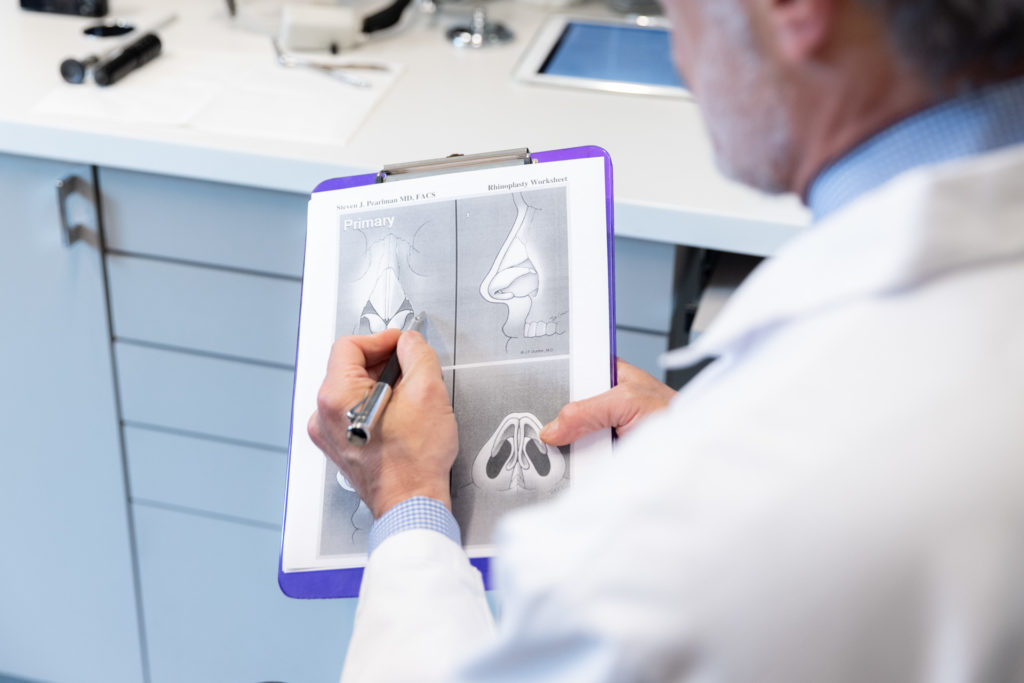
Dr. Pearlman will begin your consultation listening to your concerns about your nose, specific issues you are looking to resolve, and your desired results.
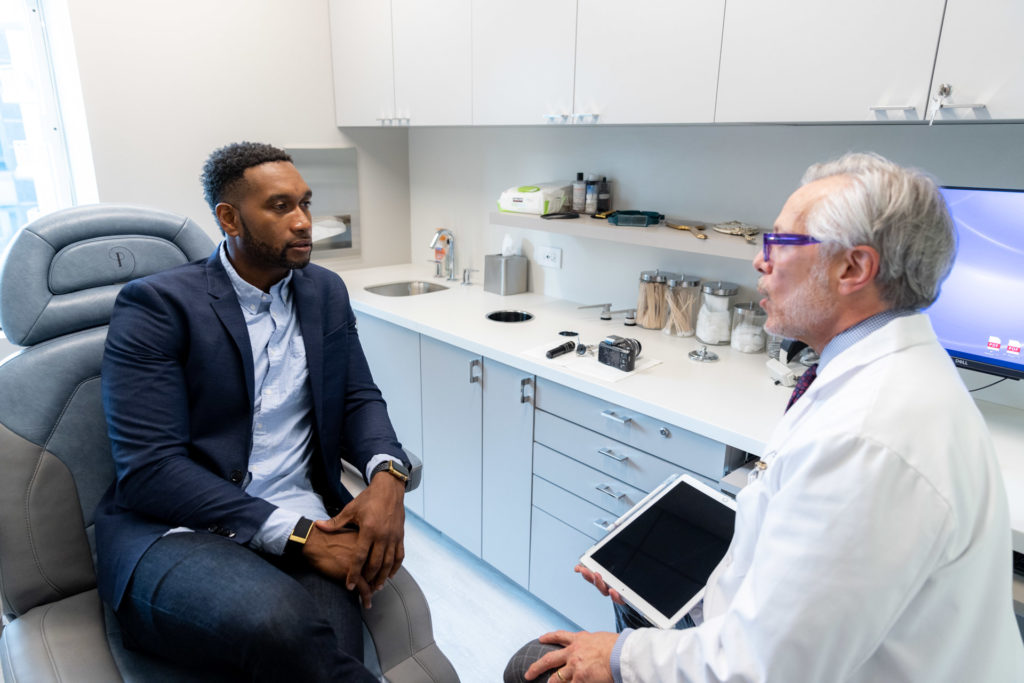
Based upon your unique nasal anatomy, intricacies of the nose, and your own goals, he will then perform a full examination of your nose inside and out. Using advanced Mirror® 2D and Vectra® 3D imaging, Dr. Pearlman will demonstrate the potential changes to your nose to help you envision your future results.
The use of this technology is vital to understanding not only the potential changes and improvements to the nose itself, but also to visualize your new nose with the rest of your facial features.
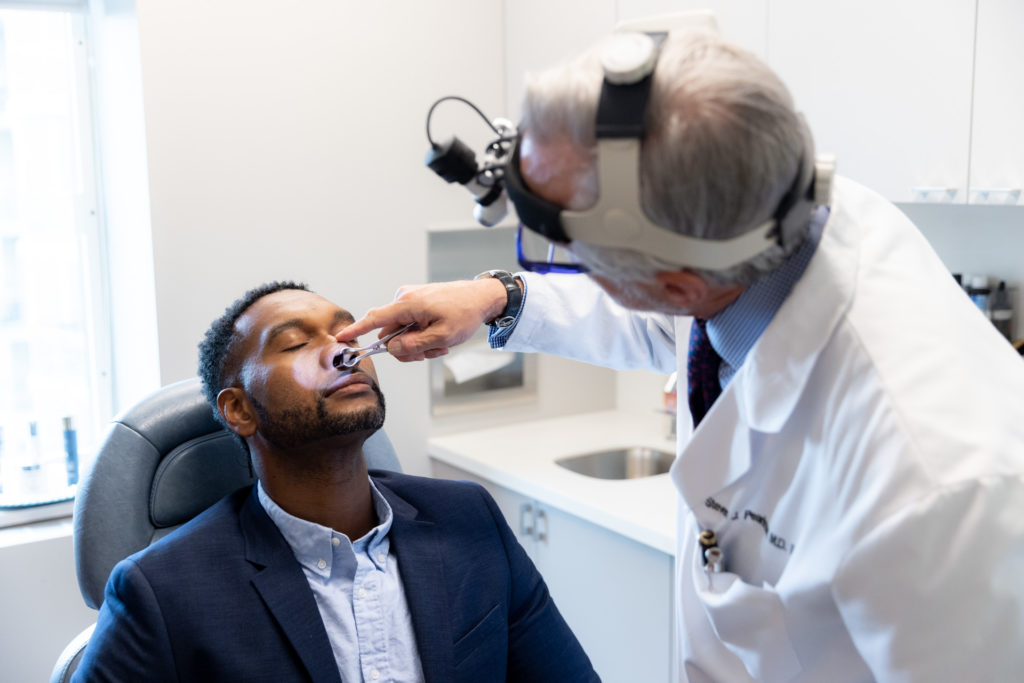
Lastly, you and Dr. Pearlman will establish mutual goals to enhance the appearance and breathing function of your nose.
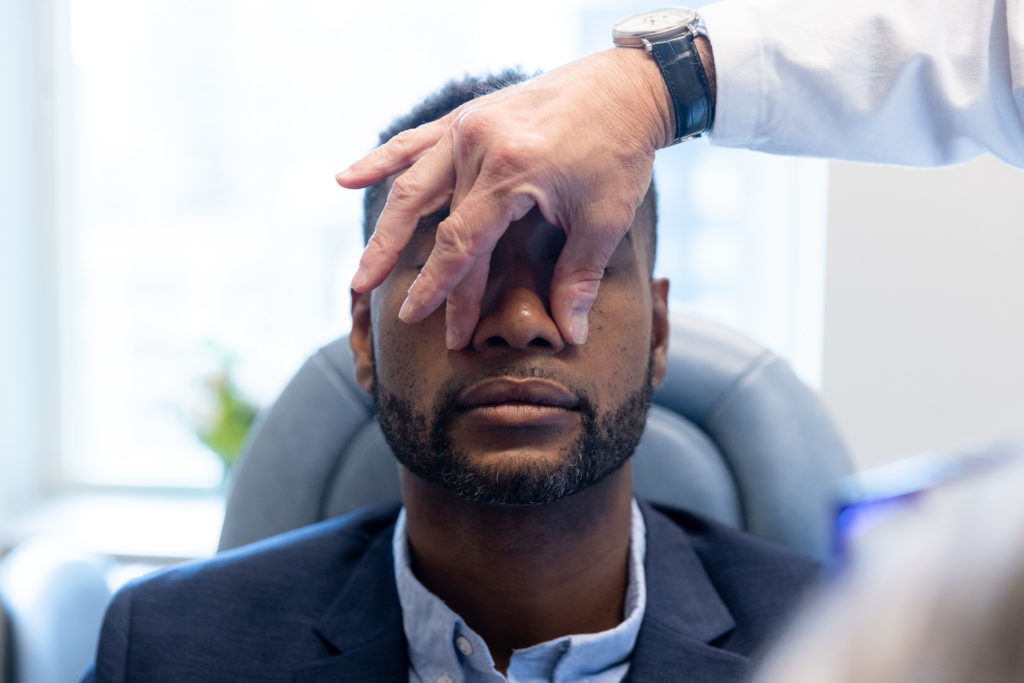
The right rhinoplasty surgeon for you should be able to provide a wealth of information regarding your procedure.
Throughout your rhinoplasty consultation at our NYC office, we highly encourage you to ask any and every question on your mind. We will walk you through every step of the process so you can feel confident in your decision to receive a rhinoplasty by Dr. Steven Pearlman.
Ethnic Rhinoplasty Recovery
Dr. Pearlman and his staff will closely guide you through your post operative care. He will provide detailed instructions on all aspects of the process to help guide your recovery.
The incision heals so that it is barely visible, if at all and only when viewed up close and from below the nose. Dr. Pearlman often says “someone will have to be close enough to be able to count your nasal hairs to see this incision.”
What To Expect
Your first visit to our office will be scheduled for one week post-op, when we remove the cast and any external sutures used (in open rhinoplasty and alarplasty).
In addition, the nose is cleaned and carefully suctioned internally.
Subsequent visits are at 2 and 6 months, and one year post-op for photographs. Most patients will see 85% of their results at 1 month out, 95% of results at 6 months out and 99% at 1 year.
Patient Testimonial
If I had to do it over again, would I choose Dr. Pearlman? A thousand percent yes! He’s the best.
Choosing the right plastic surgeon is one of the most important decisions I’ve had to make. It took me over 6 months of research before I found Dr. Pearlman. It was very important to me to find a surgeon highly skilled in performing ethnic rhinoplasties (specifically African American) which can be among the most complex of rhinoplasty surgeries. Dr. Pearlman is dual-board certified. He’s the only surgeon in my search who posts his Curriculum Vitae on his website. As someone who works in the medical profession as a DNP, I greatly appreciate the ability to see Dr. Pearlman’s educational background, where he trained (residency and fellowship), as well as his speaking and teaching events and awards, recognitions, and professional affiliations. The next thing I wanted to see prior to making my decision was before and after photos. Dr. Pearlman’s site was the only one where there were several pictures of my particular ethnicity. In addition to that, he has photos and bios of his staff who are also very ethnically diverse (which I love).
I scheduled my consultation and the second I met Dr. Pearlman I knew he was the surgeon for me. He’s very friendly and kind. It’s extremely important to have a good rapport with your surgeon. As soon as you walk in the door, you’re greeted with a smile and very friendly staff. I felt welcomed as if I were a family member. Everyone I met had a smile and a friendly disposition. That was a great experience. I told Dr. Pearlman what I didn’t like about my nose and what I wanted changed. He patiently explained anatomy, function, the surgical process, and outcome. Dr. Pearlman answered the few questions I had after his thorough explanation. We were both on the same page regarding maintaining my ethnic identity while achieving my desired goals. At that point I made the decision to have Dr. Pearlman perform my surgery.
The day of surgery everyone made me feel very relaxed and comfortable. That morning when I saw Dr. Pearlman before surgery, he had a smile and a calming voice and I was instantly at ease and ready. After surgery I truly felt fine. I had no pain whatsoever. I felt a mild burning inside my nose similar to that of a paper cut. I had the cast on and a dressing under my nose above my upper lip. To my surprise I had no difficulty breathing at all. A testament to the great skills of Dr. Pearlman. Not once during my recovery did I have a problem breathing.
I had an open rhinoplasty where an incision is made on the underside of the nose between the nostrils (columella). The incision is done in somewhat of a z shaped pattern. My main concern was scarring and keloid formation. About 2 months post-op I couldn’t even see any sign of the incision. I’m constantly looking at my nose in a 10x magnification mirror and there’s no evidence of a scar at all. Again, attributing to Dr. Pearlman’s skills.
It’s been just about six months since my surgery and I can honestly say choosing Dr. Pearlman was the best decision. I still have a lot of swelling (ethnic rhinoplasty takes a little longer for the swelling to subside due to the thickness of our skin) and I like what I see so far. My nose is just going to get better and I’m going to love it. I’m truly thankful to Dr. Pearlman. If I had to do it over again, would I choose Dr. Pearlman? A thousand percent yes! He’s the best.
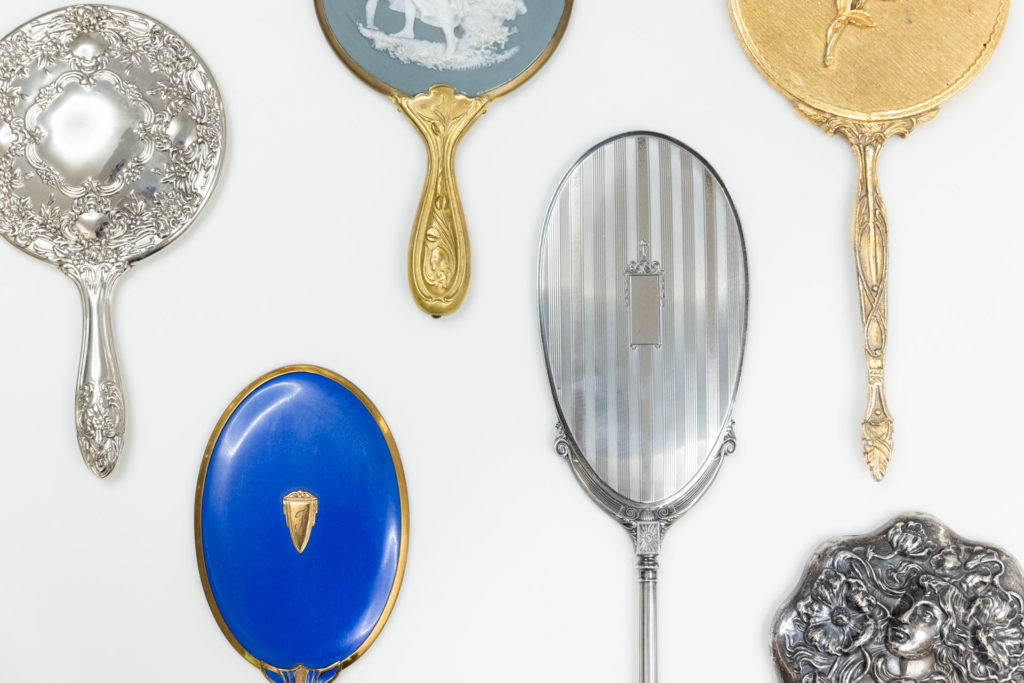
Full Review Posted on RealSelf
TM Cole
Frequently Asked Questions
Ethnic Rhinoplasty
Rhinoplasty Financing
Can ethnic rhinoplasty make my nose smaller?
During ethnic rhinoplasty, referring to Asian rhinoplasty and African American rhinoplasty, the nose bridge can be made to appear narrower. It is often raised with a graft that will then make it look narrower. The tip can be made to look more defined too, by adding grafts to push out the thick skin, to create more definition and the tip will appear smaller. We also might thin out the skin from underneath to help make it smaller.
What will the first week of recovery entail?
You will have some bruising and swelling around the eyes during the first week of recovery. Some patients need time to adjust to breathing through their mouth; it’s akin to having a mild cold. Fatigue from the anesthesia is common for the first day or two. Patients should rest the first few days in an upright position to minimize swelling for better healing.
When can I return to work?
Most patients can return to work in about 8 days. Bruising may last up to 2 weeks. If you use cover makeup, you may return even sooner. However, patients cannot bend or lift for 3 weeks, so they need to be sedentary at work.
Why should I choose Dr. Pearlman for ethnic rhinoplasty?
Dr. Pearlman is dual board-certified and specializes in facial plastic and reconstructive surgery. This specialty gives him the experience and understanding to truly create some of the best results when it comes to ethnic rhinoplasty. During a consultation, he will discuss the entire procedure, and allow you to see how various alterations will appear with advanced 2-D and Vectra 3D imaging systems.
This in-depth discussion will allow you to create with Dr. Pearlman the ideal change for your exact look, gender and bone structure. He and his team are highly-professional and dedicated to helping you achieve your cosmetic goals without compromising individuality, ethnicity, and your personal concept of beauty.
Will I have visible scarring after my procedure?
If an open rhinoplasty procedure is used, there is a 3 to 4mm incision on the undersurface of the nose that heals very well and is barely visible to the naked eye, even in patients with thick skin. If the size or roundness of the nostrils are reduced with alarplasty, there will be a fine line in the crease at the edge of the nostril that is also not easily seen.
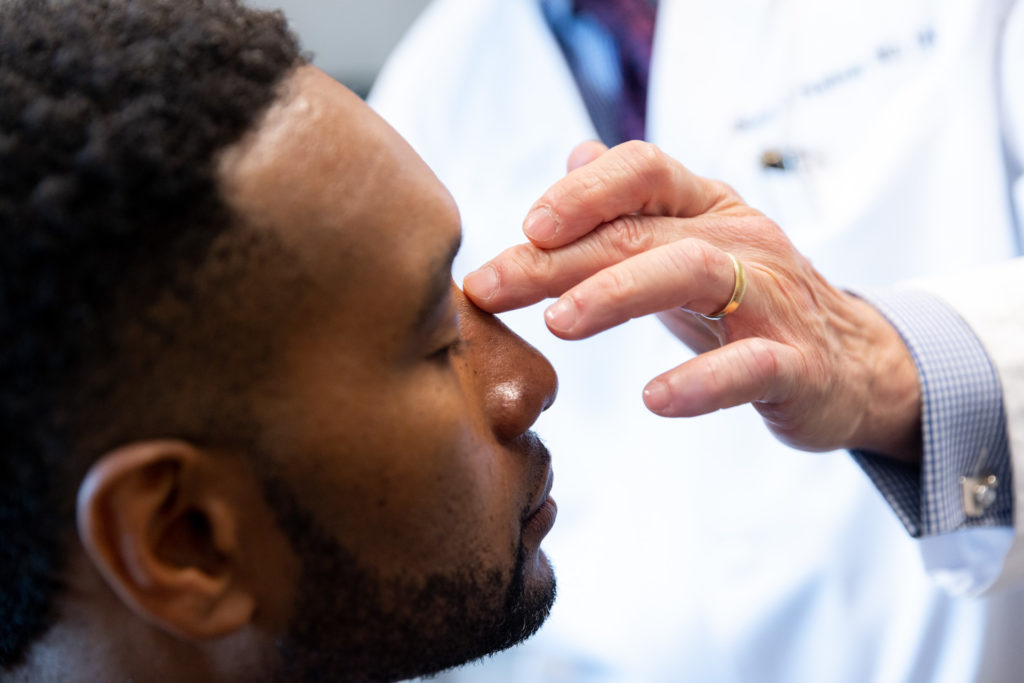
Persistent in the Pursuit of Perfection
For decades, Dr. Pearlman has been persistent in his search for perfection as the best rhinoplasty surgeon in New York. He brings evolution, experience, expertise, and uniqueness to his rhinoplasty patients in our Park Avenue office. The goal of Pearlman Aesthetic Surgery is to help patients to actualize their ideal self-image for the highest level of personal authenticity and attractiveness possible. Dr. Pearlman couples an attentive bedside manner and genuine concern for his patients’ welfare to deliver the best rhinoplasty results.

Start Your Journey
Designed by our NYC rhinoplasty specialists, our virtual rhinoplasty tool will help you learn more about the possibilities for your ethnic rhinoplasty procedure with Dr. Pearlman
Further Your Results
To complement an ethnic rhinoplasty, some patients choose to receive a chin augmentation or liposuction of the neck. Chin augmentation is the procedure most commonly performed alongside a rhinoplasty; approximately 1 in 5 rhinoplasty patients would benefit from a chin implant to create more balance and symmetry to the face.


